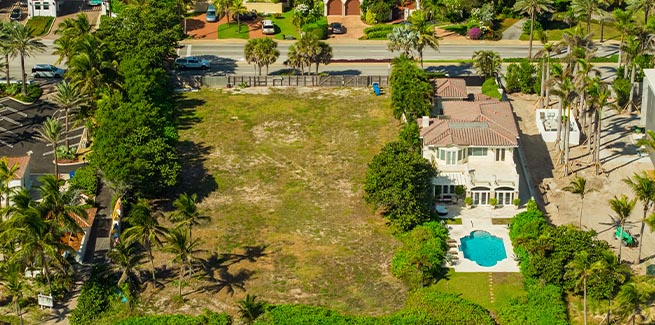Commenting on the June 2019 edition of the HIA-CoreLogic Residential Land Report, HIA economist Angela Lillicrap stated that residential land availability has been a major contributor to the increase of property values in the last decade.
The report studied the sale of newly created residential lots across Australia in a bid to understand how housing affordability is affected by land development.
“The cost of land is one of the main components in determining the price of a new home,” Ms Lillicrap said.
“While land prices have come down during 2019, over the last decade the price of new residential land per square metre in Sydney has doubled and more than doubled in Melbourne,” she said.
The report also noted that the median size of residential land has decreased, while the cost of land has increased.
While there are a variety of factors that contribute to the increasing cost of land, according to the report, perhaps the most significant factor is the effect of supply and demand.
Ms Lillicrap said one key element leading to the increase of land values – and therefore the increase in property prices – is the shortage of available land for residential construction.
“A shortage of land is one of the factors that has driven home prices to increase over the past decade.
“The process of making land ‘shovel-ready’ can often last a decade; therefore, responding to shortages cannot be met with increased supply in the short term. An adequate supply of land is required to avoid a deterioration in affordability,” she said.
With this in mind, she highlighted that a proactive approach to land availability is required by local and state governments.
“If the Australian dream of home ownership is to remain achievable, governments must work with industry to ensure that there is an appropriate supply of land.
“Improving the monitoring and reporting of the land supply pipeline will enable government and industry to make well-informed decisions,” concluded Ms Lillicrap.
Top end of market causing land price slump
Elsewhere in the report, CoreLogic’s head of research, Tim Lawless, highlighted that land values had eased downwards across the most expensive markets over the past year, supporting the affordability of new housing in these markets.
“The rate per square metre of vacant land in Sydney was down 12.6 per cent over the 12 months ending June 2019, and Melbourne land prices were down 7.6 per cent,” Mr Lawless said.
“Prices were also down in Adelaide (-12.0 per cent) and Brisbane (-4.6 per cent).
“Lower land prices should provide further support for housing affordability in these markets; however, in Hobart and Perth land prices were higher,” he said.
“Hobart land prices have rocketed 20.3 per cent higher over the year ending June, reflecting tight supply against a backdrop of strong demand.
“Despite the significant rise, Hobart is still showing the lowest median land price amongst the capital cities at $180,000 and the largest median land area at 624 sqm,” Mr Lawless concluded.
[Related: Construction lag to accelerate property price growth]

